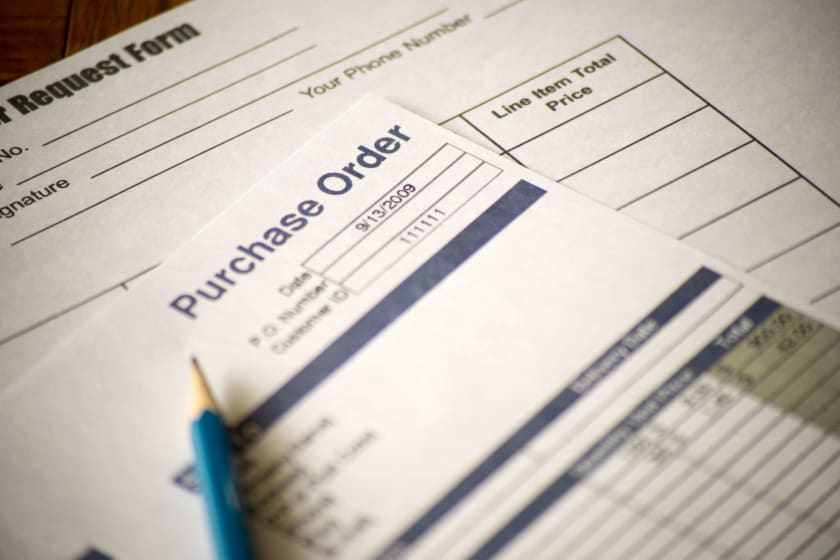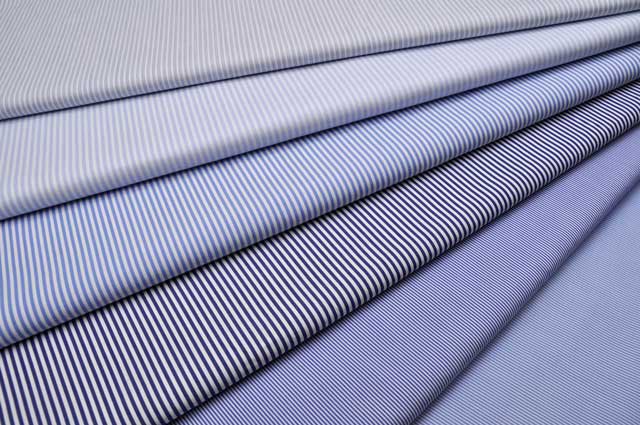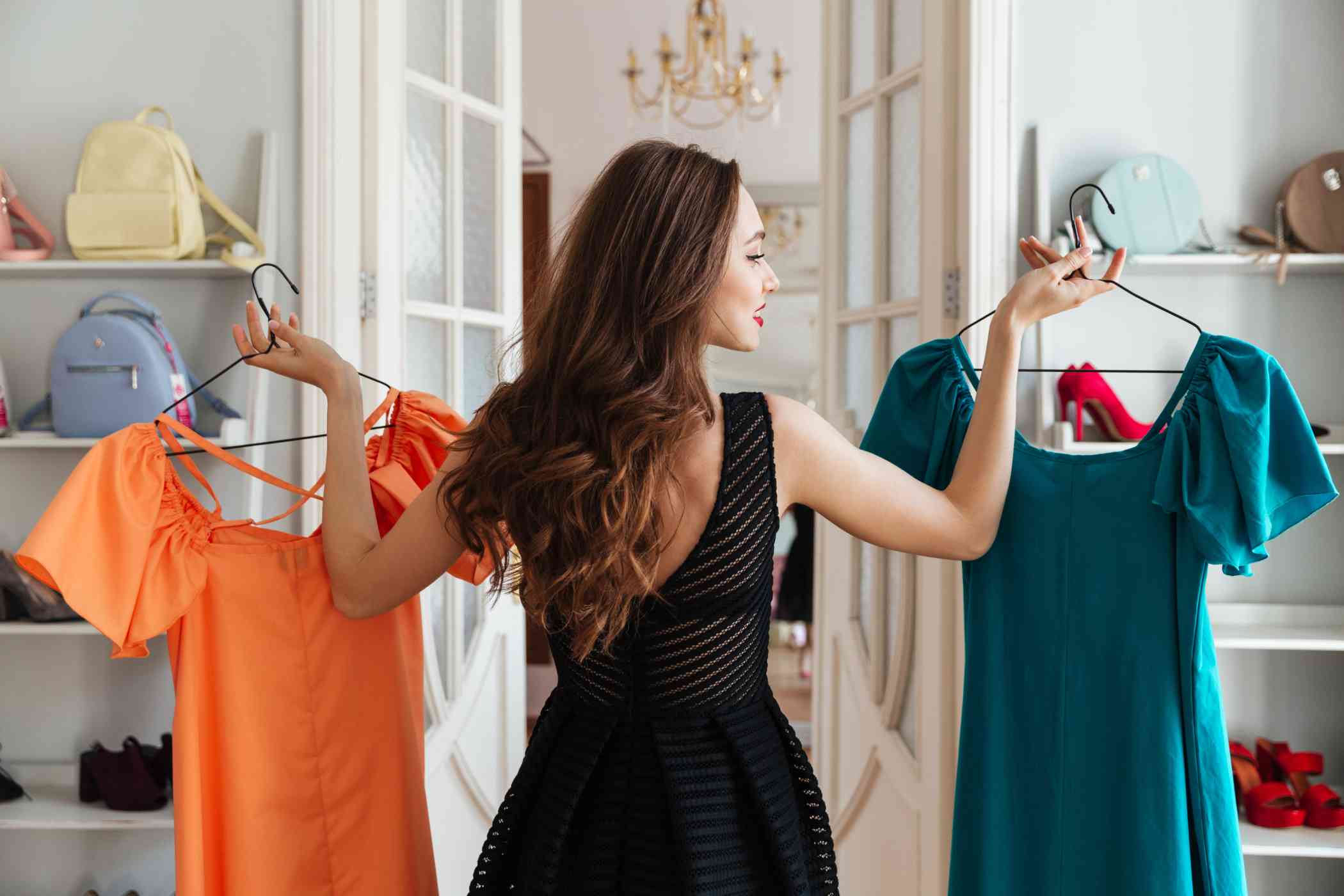How To Make Purchase Order (PO) For Garment Sourcing?



One of the crucial steps in the procurement process is creating a purchase order or PO. Buyers should ensure that they prepare a PO for every purchase they make. A purchase order is a legal document that acts as a production agreement between buyers and sellers. Despite it being a legally binding document that authorizes the purchase of goods or services, many business organizations can find creating a PO a daunting task. Without a PO, buyers are vulnerable to unexpected delays and price changes, which can hurt their business.
What is the need for a purchase order?
The process of sourcing materials can be very complicated, and buyers often face issues such as supply shortages, miscommunication about items, payment issues, and unexpected delays. However, one can save themselves from these troubles by creating purchase orders. As discussed earlier, a purchase order is a legal document that authorizes a purchase between a buyer and supplier. Without a PO, it would be tricky to prove that something went wrong in a PO.
In a purchase order, buyers can specify which products they need, how much they need, and when they need them, and also have a record of the price at which the items are being bought. This makes the sourcing process smooth. How this helps suppliers is that they can cross-check the items while shipping them, so there are no errors. A PO reassures buyers that their orders are correctly fulfilled. Since much investment is involved, a PO acts as a financial document that a buyer can use to track expenses and form a budget for future orders.
How is a PO different from an invoice?
| A PO is a record of what the buyer wants to buy. | An invoice is a record of the goods supplied to the buyer. |
| Purchase orders are meant to ask for the delivery of items. | An invoice asks for payment of goods. |
| A purchase order is created before the goods and services are delivered. | An invoice is created after the goods and services are shipped. |
Format of a purchase order
A purchase order is an official legal agreement created in a standard format.
Header
This includes details of the company placing the order. Include the business address, date of order, serial number of order, and the full name of the company.
Date
This is the date on which PO is created and used for book keeping and accounting. It differs from the signature date, so buyers should include it in the file.
Suppliers information
This part includes the name of the seller, their company's name and official address, and the contact number of the POC (point of contact) from their company.
Shipping details
This section includes details such as when and where the products need to be shipped and the preferred shipping method.
Order description
A buyer should ensure that every purchase detail is documented in the PO. The name of the item, its price, total quantity, and delivery date are some of the most important information that needs to be included in the order description.
Summary of purchase
In this section, the buyer should include the subtotal, taxes, shipping charges, and the grand total of the purchase.
Sample purchase order
Any brand planning to make a purchase can use the following samples as a reference to create their purchase order.
Sample 1
Sample 2
Essential details to include in order description of PO
The order description column is important because it ensures clarity and no error.
- Order Number: It makes every purchase order unique. It assigns it a specific identification code, not only for a retailer but also for the suppliers.
- Product type - For example, the kind of garment ordered, such as a T-shirt, jeans, or shirts.
- Price - Mention the cost of each product that the buyer and supplier have agreed upon.
- Description - Include the description of the items ordered. Try to include an image in the product description for more clarity.
- Quantity - Specify the total number of units of each product that a buyer needs.
- Size break up - Buyers also need to put in the details of the size of items they want to source. For instance, if a retailer wants to order shirts, they need to mention the size, and if it is a mixed bag, they need to specify how many units of each size they wish to order.
- Design Details - Brands should specify the designs they want on their garments. They could include the company's logo if they want it printed on the garments. Furthermore, they should also send out a blueprint specifying the placement of the design and the logo.
- Measurement - One should ensure that the measurements of each product they order are present in the PO. However, if buyers are unsure about the measurements, they can ask suppliers to use the standard measurement for the order.
- Details of fabric - Buyers also need to specify the type of fabric they want in their products. One should also specify the fabric color used for the garment.
- Washing details - Buyers should include the washing details of every product they order that they want to add to the garments as a label.
- Labels - Apart from washing details, brands attach other labels, such as care and size, to their garments. So if a brand wants to add these, they need to specify them in the order details and the type of fabric they wish to use to create these labels.
- Tags - This part includes all the information about the types of tags and where they are supposed to be attached to the garment. The buyer's job is to provide the design and contents of the tags to the supplier, who will print and attach them to the garments.
- Packing information - It includes the type of material used to pack the garments and also the kind of folding required to arrange them.
Conclusion
A purchase order is a critical piece of document for both the buyer and the seller. It is a legal document that binds the seller to deliver the items on time and at the discussed price during the procurement process. Usually, after preparing a purchase order, fashion brands look for trusted suppliers to get their items on time.


6 Tips To Optimize And Improve Your Manufacturing Process In the US
5 min read
7.9k views

How to buy the best Poplin clothes online?
5 min read
6.4k views

How To Source High-Quality Clothing For Your Clothing Line: A Blog Towards Helping People Get The Best Possible Clothes For Your Business
5 min read
7.6k views















